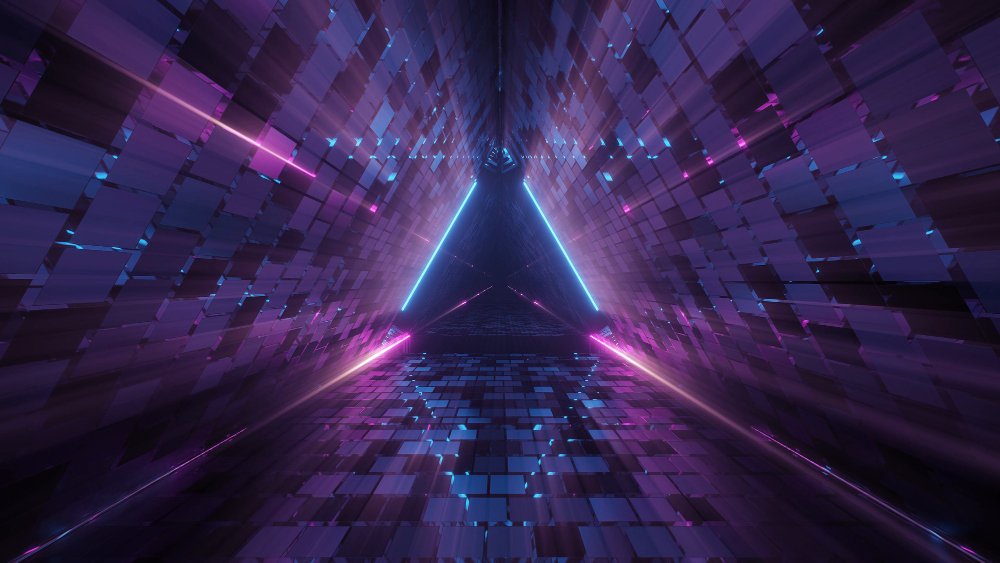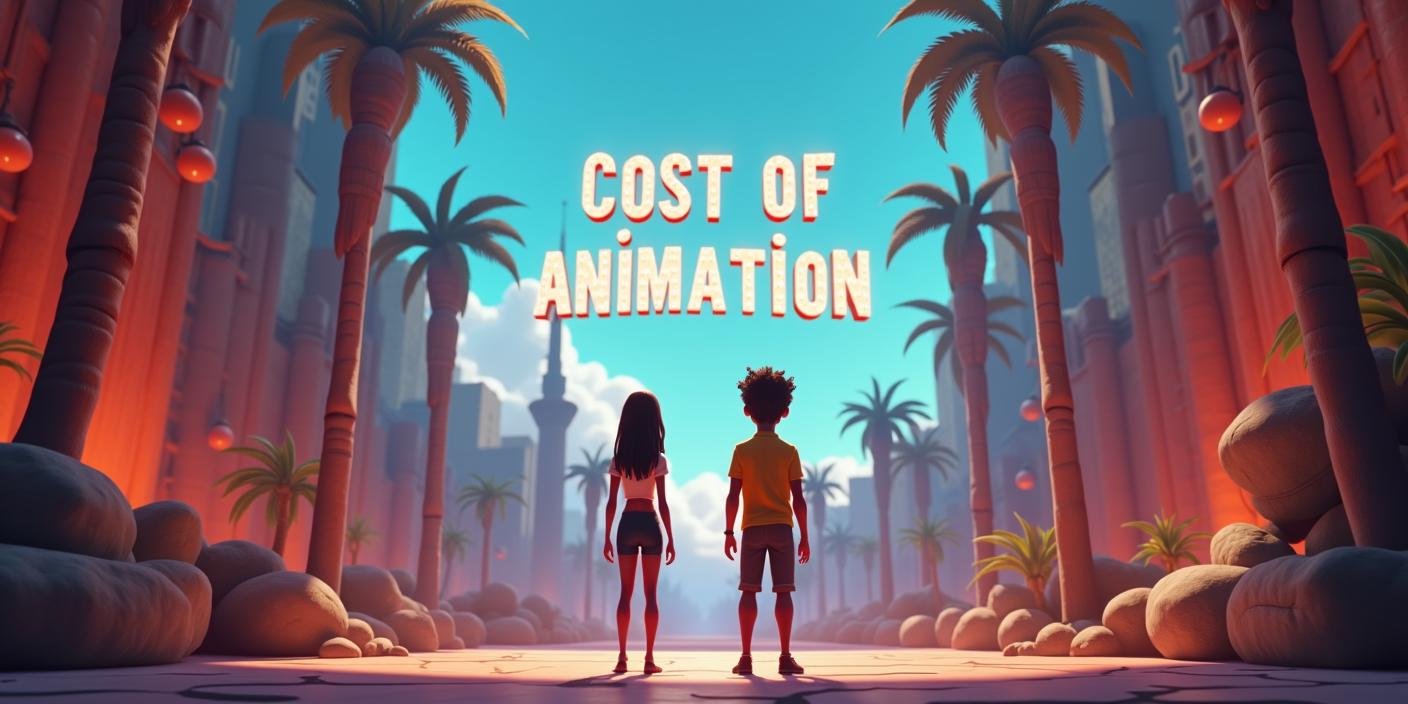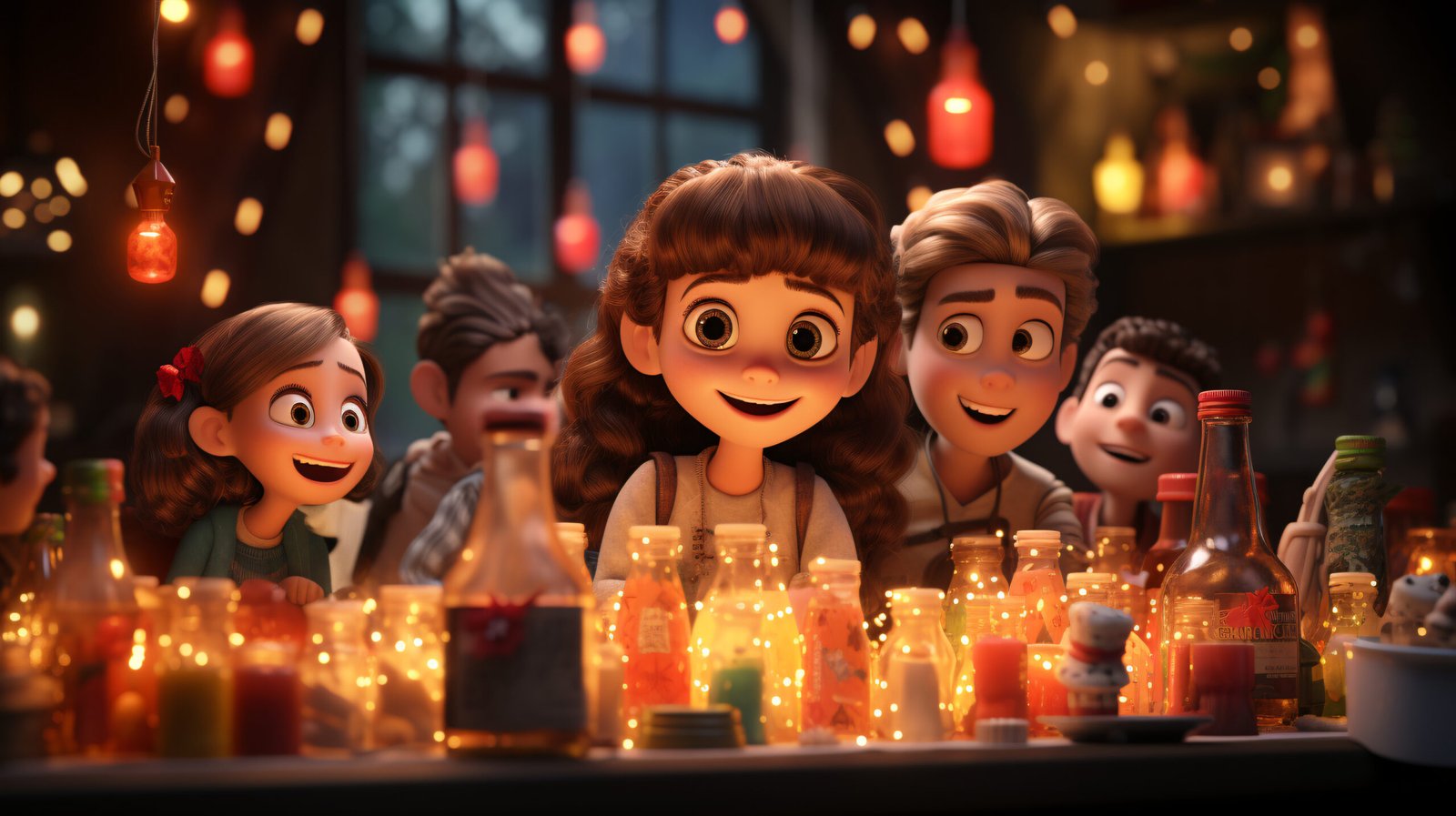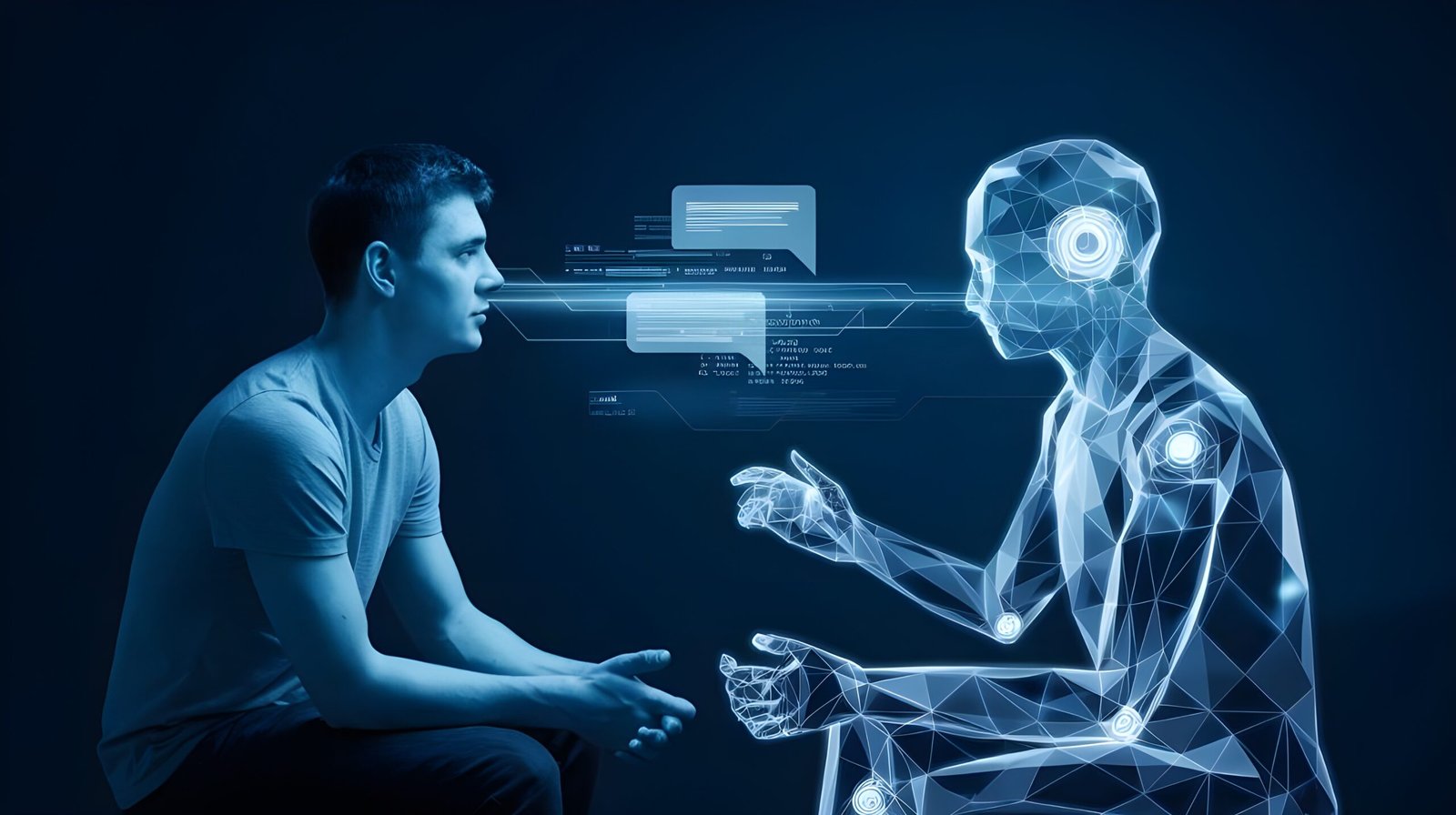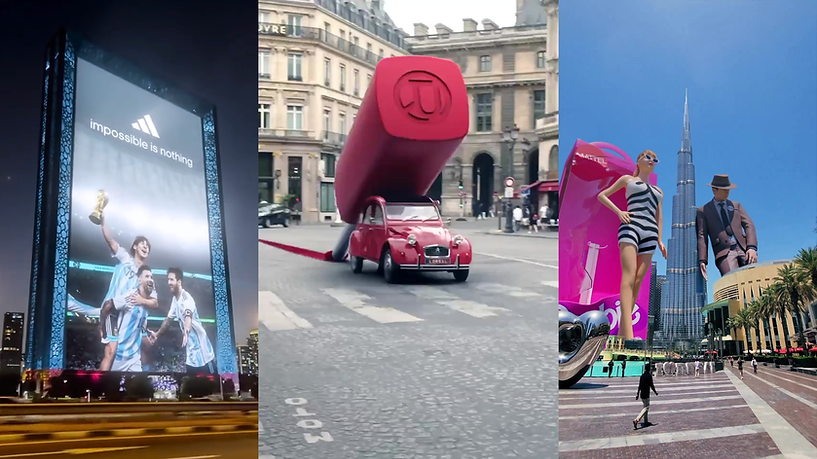Overview
Animation is an increasingly popular tool across various industries, providing a dynamic way to communicate ideas, tell stories, and engage audiences. However, understanding the costs involved in creating high-quality animations can be complex due to the many factors that influence a project’s budget. This comprehensive guide will break down the key elements that impact the cost of animation projects, helping you make informed decisions about your next animated venture.
1. Type of Animation: 2D vs. 3D vs. Motion Graphics
The type of animation you choose plays a critical role in determining your project’s budget. Each type of animation has distinct characteristics, production processes, and associated costs.
2D Animation
2D animation involves creating images in a two-dimensional space. It’s often used for explainer videos, educational content, advertisements, and traditional cartoons.
- Production Process: 2D animation typically involves sketching, storyboarding, designing characters, and frame-by-frame animation. The frame-by-frame approach, while time-consuming, allows for expressive movements and unique visual styles.
- Cost Considerations: Costs can vary depending on the level of detail, the number of characters, backgrounds, and the overall animation complexity. Basic 2D animations may start at a few hundred dollars per minute, but intricate animations with high levels of detail can cost significantly more.
3D Animation
3D animation creates lifelike models in three-dimensional space, allowing for dynamic camera angles, realistic lighting, and complex character movements. It is widely used in films, video games, virtual product showcases, and more.
- Production Process: The process involves modeling (creating the 3D objects), texturing (adding surface details), rigging (creating skeletons for movement), animating, lighting, and rendering (converting the 3D scene into 2D images).
- Cost Considerations: 3D animation is generally more expensive due to the intricate steps involved, advanced software, and skilled personnel required. A high-quality 3D animation can cost between $5,000 to $20,000 per minute or more depending on the complexity and realism required.
Motion Graphics
Motion graphics focus on animating text, shapes, and graphic elements, commonly used in title sequences, promotional videos, and explainer videos.
- Production Process: Motion graphics often involve graphic design, keyframe animation, and compositing. They can range from simple text animations to intricate sequences involving multiple layers and effects.
- Cost Considerations: Motion graphics are generally less expensive than 3D animations but can become costly with the addition of complex effects, 3D elements, or custom illustrations.
Read more about different types of animation
2. Complexity of the Project
The complexity of your animation project significantly impacts costs. A more complex project requires advanced skills, additional time, and higher-end technology.
Character Design and Animation
Designing and animating characters can be simple or extremely complex, depending on the level of detail, personality, and movement required.
- Simple Characters: Basic designs with minimal details and simple movements are quicker and less costly to produce.
- Complex Characters: Characters with detailed textures, facial expressions, intricate movements, and unique features require advanced rigging and animation techniques, driving up costs.
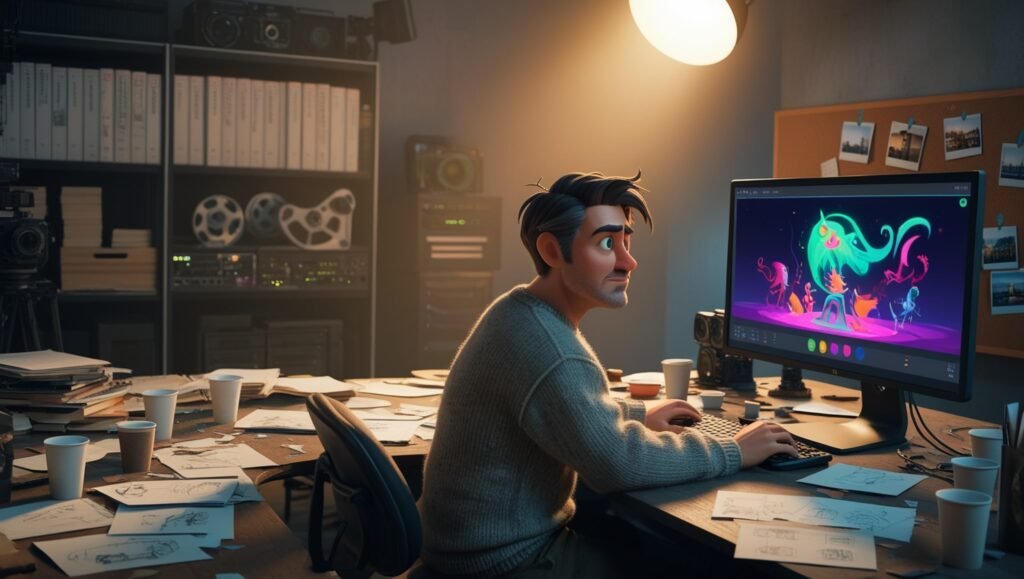
Environment Design
The design of the environment where the animation takes place can range from simple backgrounds to fully realized 3D worlds.
- Basic Backgrounds: Flat or minimalist backgrounds are cost-effective and quick to create.
- Detailed Environments: Highly detailed 3D environments with realistic textures, dynamic lighting, and multiple interactive elements require significant effort, time, and computational power.
Special Effects
Adding effects such as explosions, water splashes, fire, or complex particle systems significantly increases the time and resources needed.
- Simple Effects: Basic effects can be achieved with built-in software tools and require minimal rendering time.
- Advanced Effects: Simulating realistic water, fire, smoke, or other complex effects often requires specialized software, powerful hardware, and skilled VFX artists, substantially raising costs.
3. Duration of the Animation
The length of the animation is directly linked to the overall cost. More minutes mean more frames to render, more assets to create, and more time to animate.
Short-form Content
Short-form content, typically ranging from 15 seconds to 2 minutes, is commonly used for ads, teasers, and social media posts.
- Cost Implications: Shorter animations generally cost less but still require engaging storytelling, polished visuals, and sound design to capture attention quickly.
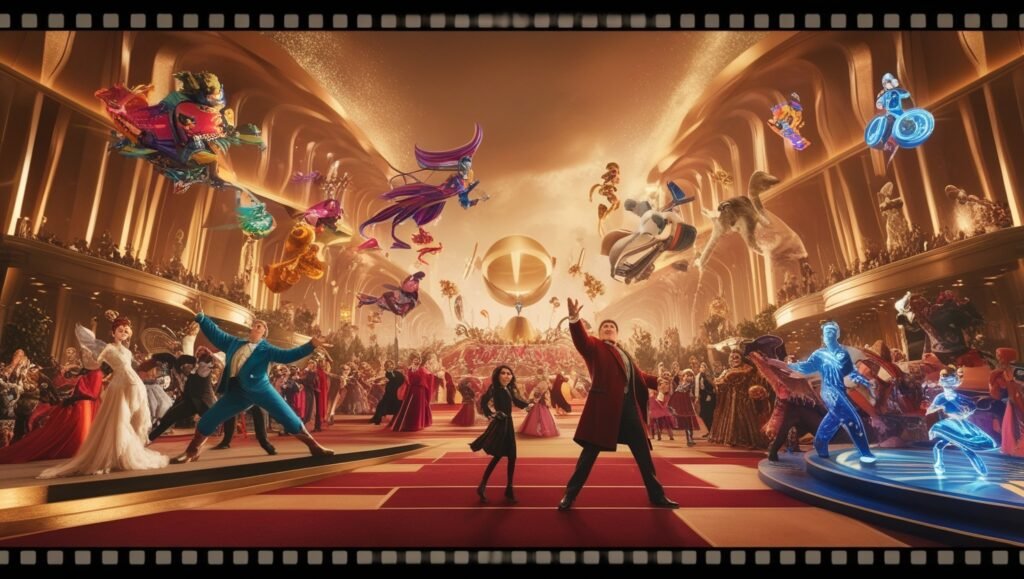
Long-form Content
Long-form animations, such as educational videos, animated series episodes, or corporate presentations, involve more extensive work.
- Cost Implications: Longer animations not only require additional animation but also demand more extensive storyboarding, character development, and possibly multiple voiceover talents. These factors drive up the costs proportionately with each additional minute.
4. Animation Style
The style of animation significantly affects costs, as some styles are inherently more labor-intensive and time-consuming than others.
Realistic vs. Stylized Animation
Realistic animation strives to mimic real-world appearances and movements, often seen in AAA video games, movies, and product visualizations.
- Realistic Animation: Requires detailed textures, physics-based simulations, and intricate lighting setups. The realism demands high computing power for rendering, often making it the most expensive style.
- Stylized Animation: Involves creative, exaggerated, or simplified visual elements. While often more affordable, some stylized animations, like hand-drawn art styles, can still be costly due to unique artistic demands.
Hand-Drawn vs. Computer-Generated
Traditional hand-drawn animations involve artists drawing each frame individually, a time-consuming and labor-intensive process.
- Hand-Drawn: Known for its charm and nostalgia, hand-drawn animation can be costly due to the frame-by-frame labor involved. Each frame needs to be individually crafted, making this approach ideal for artistic projects but less suited for tight budgets.
- Computer-Generated: Uses advanced software to automate parts of the animation process, speeding up production and reducing costs, though initial software and hardware investments can be significant.
5. Level of Detail and Art Direction
The level of detail within an animation can drastically influence production costs. Higher levels of detail demand more time, refined artistic skills, and advanced software capabilities.
Textures and Shading
Detailed textures (like realistic skin, fur, or fabric) and advanced shading techniques can make animations look lifelike but require significant rendering time.
- Basic Shading: Simple, flat shading with minimal texture can be less resource-intensive, reducing costs.
- Advanced Shading: Realistic textures with complex shading effects, such as subsurface scattering or realistic reflections, require extensive computing time and high-end rendering capabilities.
Lighting and Rendering
Lighting setups dramatically impact the visual appeal and realism of the animation. Techniques like global illumination, HDRI lighting, and dynamic shadows can enhance the visual experience but come at a higher cost.
- Basic Lighting: Simple lighting setups are quicker and cheaper but may result in less immersive visuals.
- Complex Lighting: Advanced lighting setups that mimic real-world physics or dynamic lighting conditions significantly increase rendering times and costs.’
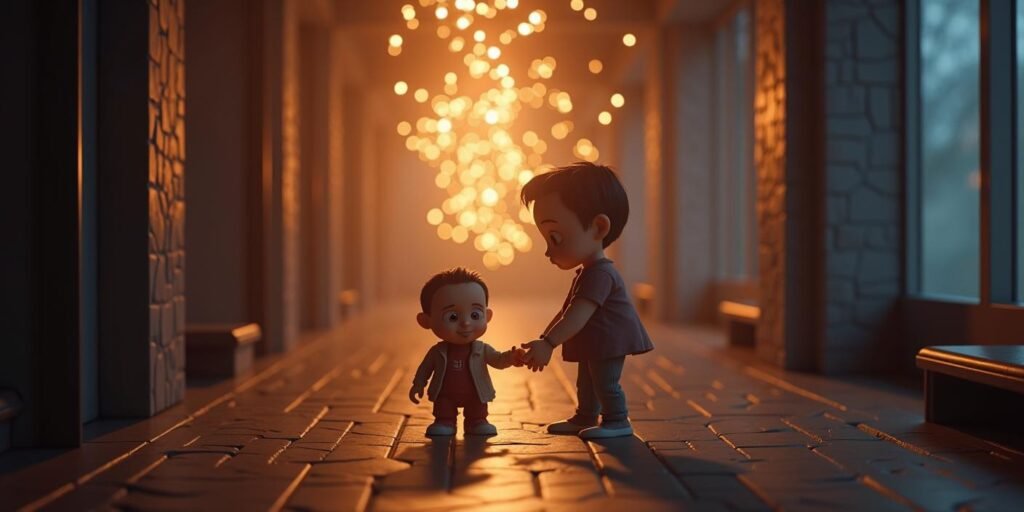
Art Direction
Art direction defines the overall visual style and tone of the animation. Unique art styles, such as cyberpunk, watercolor, or low-poly designs, require specialized artists and additional time for conceptualization.
Explore the impact of art direction on animation costs
6. Sound Design and Voiceover
Sound plays a vital role in enhancing the animation, adding emotional depth and helping to tell the story more effectively. High-quality sound design and voice acting can significantly influence costs.
Voiceover Talent
Hiring professional voice actors adds personality and credibility to your animation. Costs vary based on the actor’s experience, the language used, and the script length.
- Local Talent: More affordable, especially for smaller, localized projects.
- Celebrity Talent: Using well-known voice actors or celebrities can drastically increase costs but may provide additional marketing value.
Music and Sound Effects
Sound effects and background music help set the tone and enhance the viewer’s experience.
- Stock Music: Licensed tracks are generally more affordable but can limit the uniqueness of your project.
- Custom Compositions: Creating original scores tailored to your animation adds a unique touch but can significantly raise the budget.
The role of sound design in animation
7. Software and Tools
The software and tools used in the animation process can affect costs. High-end software requires skilled operators who command higher fees for their expertise.
Licensing Costs
High-end animation software like Autodesk Maya, Blender, Cinema 4D, and Adobe After Effects have different licensing models, from one-time fees to annual subscriptions.
- Open-Source Options: Programs like Blender offer powerful tools at no cost but may have a steeper learning curve.
- Premium Software: Applications like Maya are industry standards, offering extensive capabilities but with significant upfront or subscription costs.
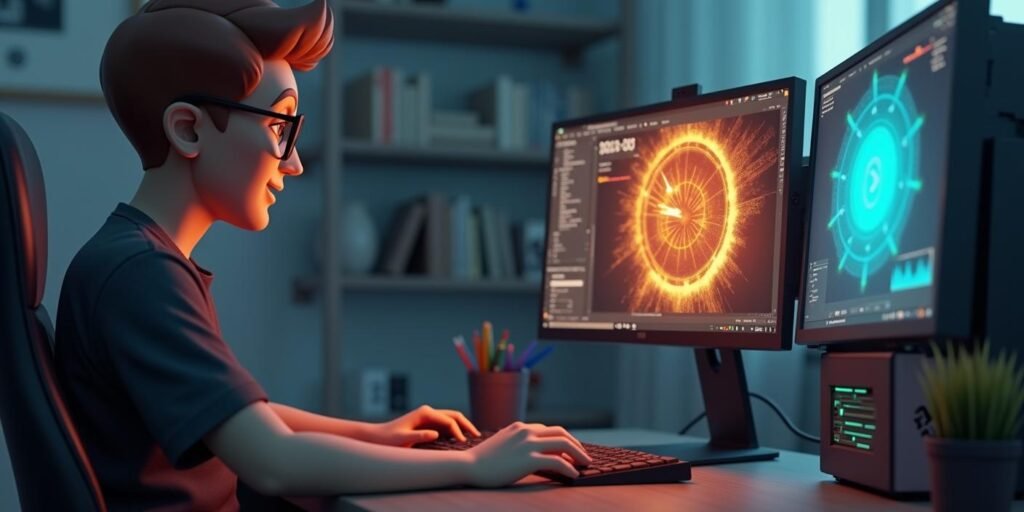
Plugins and Add-ons
Plugins and add-ons like V-Ray for rendering, and
X-Particles for complex simulations, can extend the functionality of animation software but often come with additional licensing fees.
Explore the best animation software for professionals
8. Studio vs. Freelance Animators
Choosing between a professional animation studio and freelance animators can have a major impact on your project’s budget.
Animation Studios
Animation studios provide a team of experts, including animators, sound designers, and project managers, ensuring a comprehensive and streamlined process.
- Pros: High quality, reliability, and a wide range of services.
- Cons: Often more expensive due to overhead costs, including software, hardware, and administrative expenses.
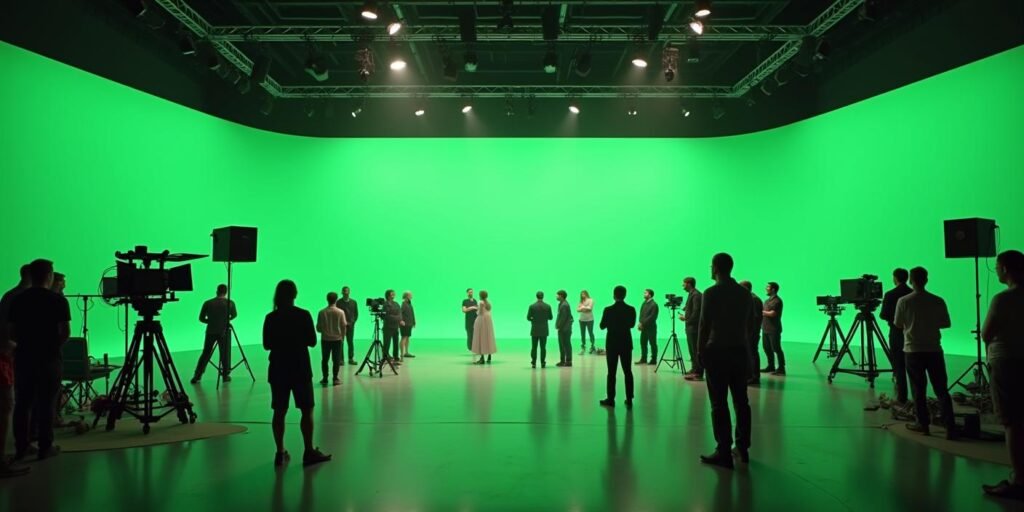
Freelance Animators
Freelancers can be a cost-effective alternative, especially for smaller projects or those with flexible timelines.
- Pros: Lower costs, flexible schedules, and the ability to find specialized skills for niche styles.
- Cons: Potential for inconsistent quality, longer timelines, and limited resources compared to studios.
Choosing between animation studios and freelancers
9. Revision Rounds and Feedback Process
Animation projects often require multiple revisions based on client feedback, which can affect the timeline and budget.
Initial Revisions
Initial rounds of feedback usually involve adjustments to character designs, storyboards, and animation pacing. These revisions are generally factored into the initial budget.
Excessive Revisions
However, frequent or major changes beyond the agreed scope can lead to increased costs. Clear communication and setting expectations upfront can help manage this aspect of the budget.
Managing client feedback in animation
10. Geographic Location
The location of the animation studio can also affect costs. Studios in countries with a higher cost of living, like the US or UK, tend to charge more compared to those in regions like Eastern Europe or Asia.
Outsourcing Opportunities
Outsourcing to countries with skilled animators at lower rates can be a cost-effective option, but it may come with challenges like communication barriers or time zone differences.
Pros and cons of outsourcing animation
Conclusion
Animation costs vary based on several key factors. The type of animation—2D, 3D, or motion graphics—affects the budget, with 3D being the most expensive due to its complexity. Complexity, including detailed designs and special effects, also drives up costs. Longer animations require more resources, increasing the budget compared to shorter projects.
The style of animation impacts cost, with realistic and intricate styles being pricier. Sound design and voiceovers add additional expenses, especially with professional talent and custom music. Finally, choosing between a studio or freelancers affects costs, with studios being more expensive but offering more comprehensive services.
Understanding these factors helps manage your budget and achieve your animation goals effectively.
For more information on Animation, please visit the following websites:
- The Growing Demand for 3D Animation in the MENA Region: Our Perspective – Studio Image Works
- Automotive Visualization: From Concept to Reality (studioimageworks.com)
- Sustainability in 3D Architectural Rendering (studioimageworks.com)
- Why VFX is Becoming Essential in Corporate Storytelling (studioimageworks.com)

